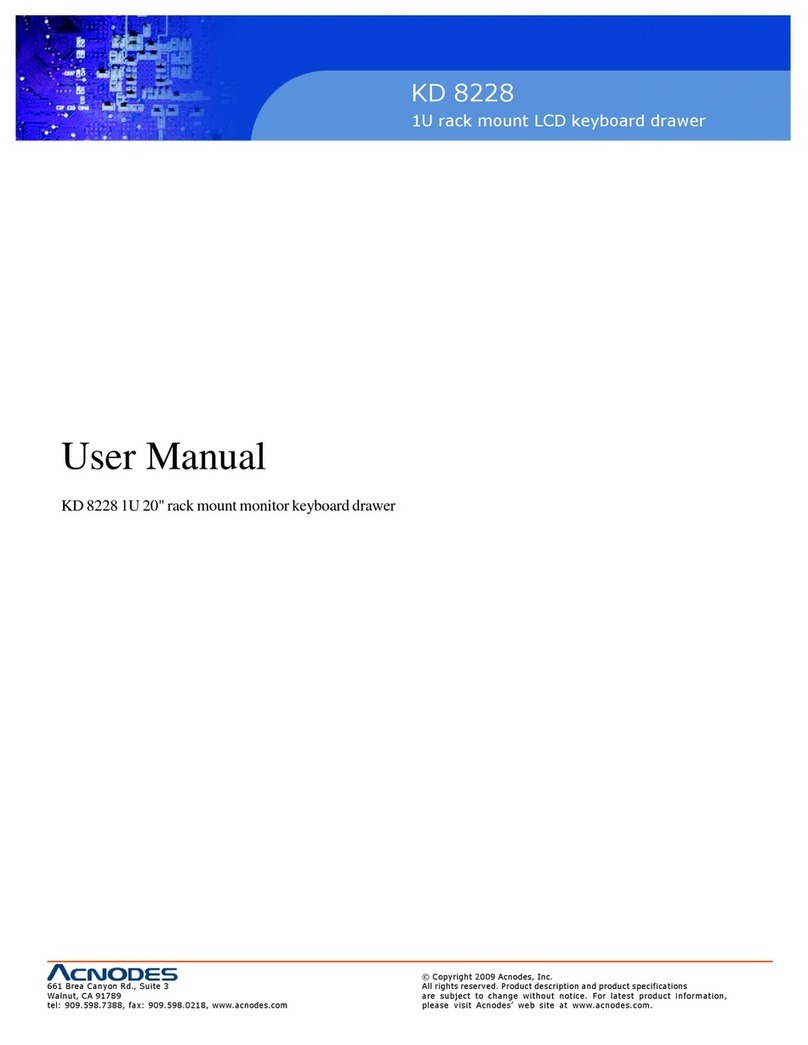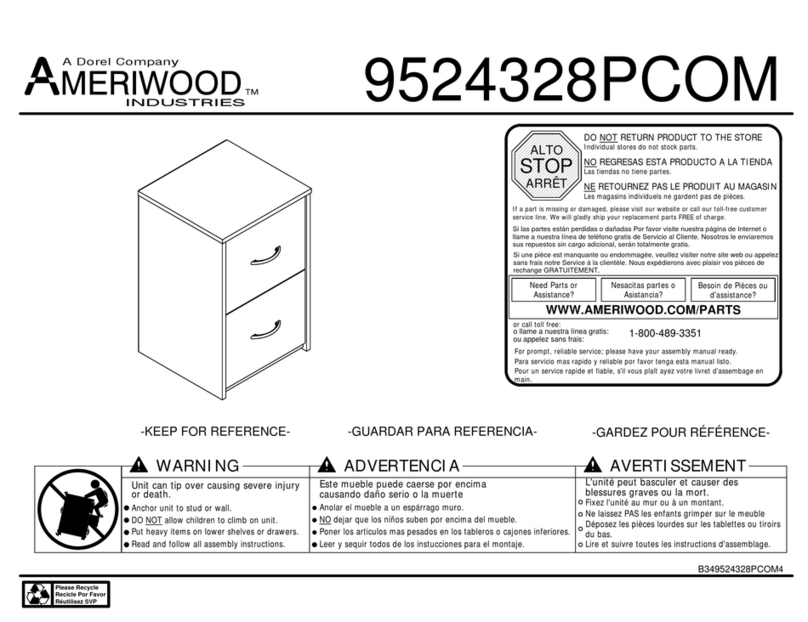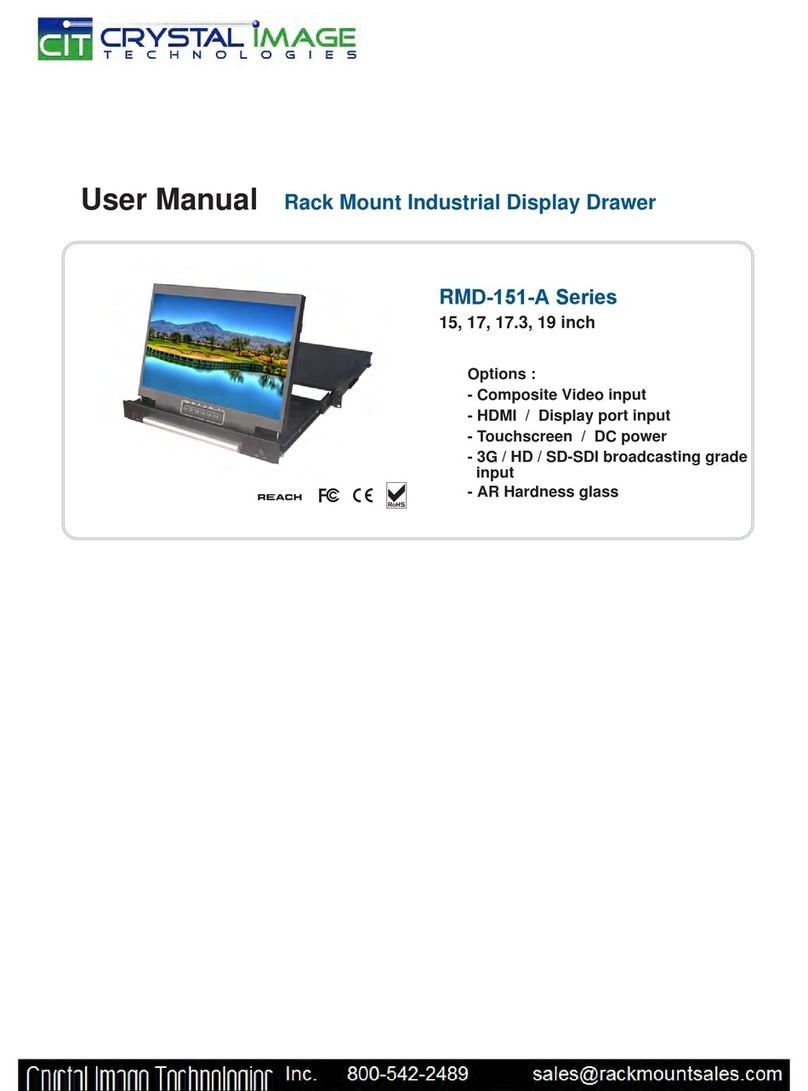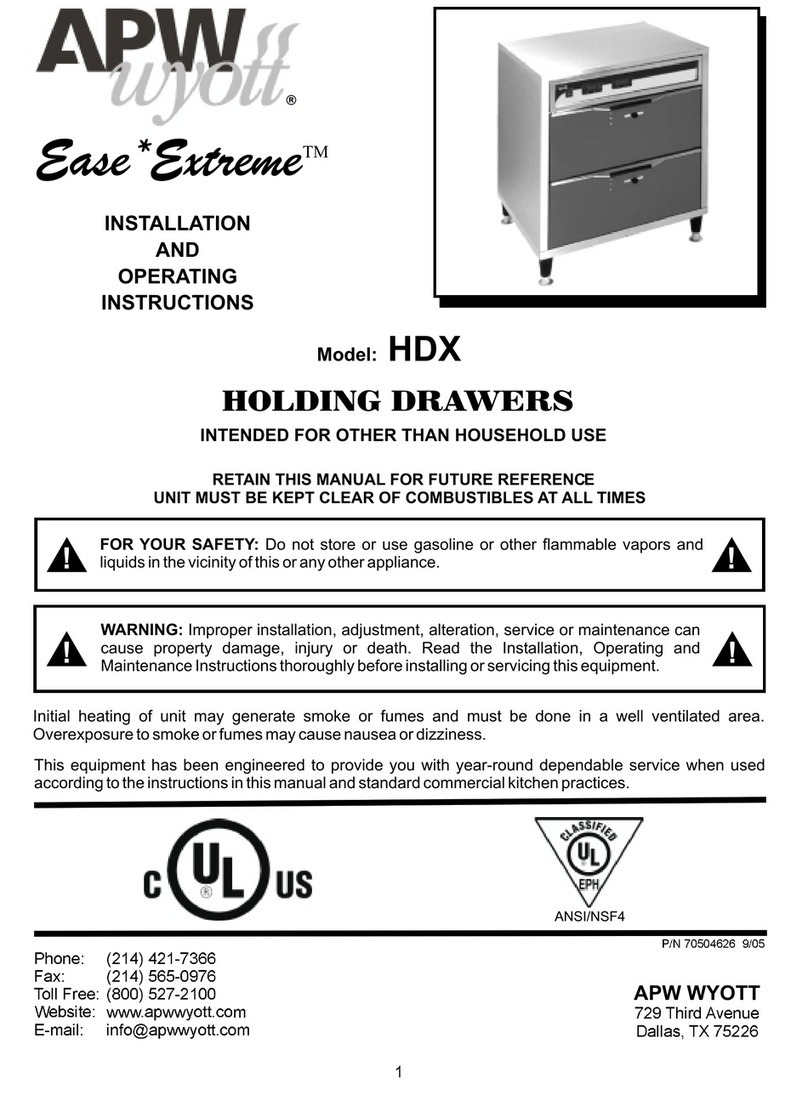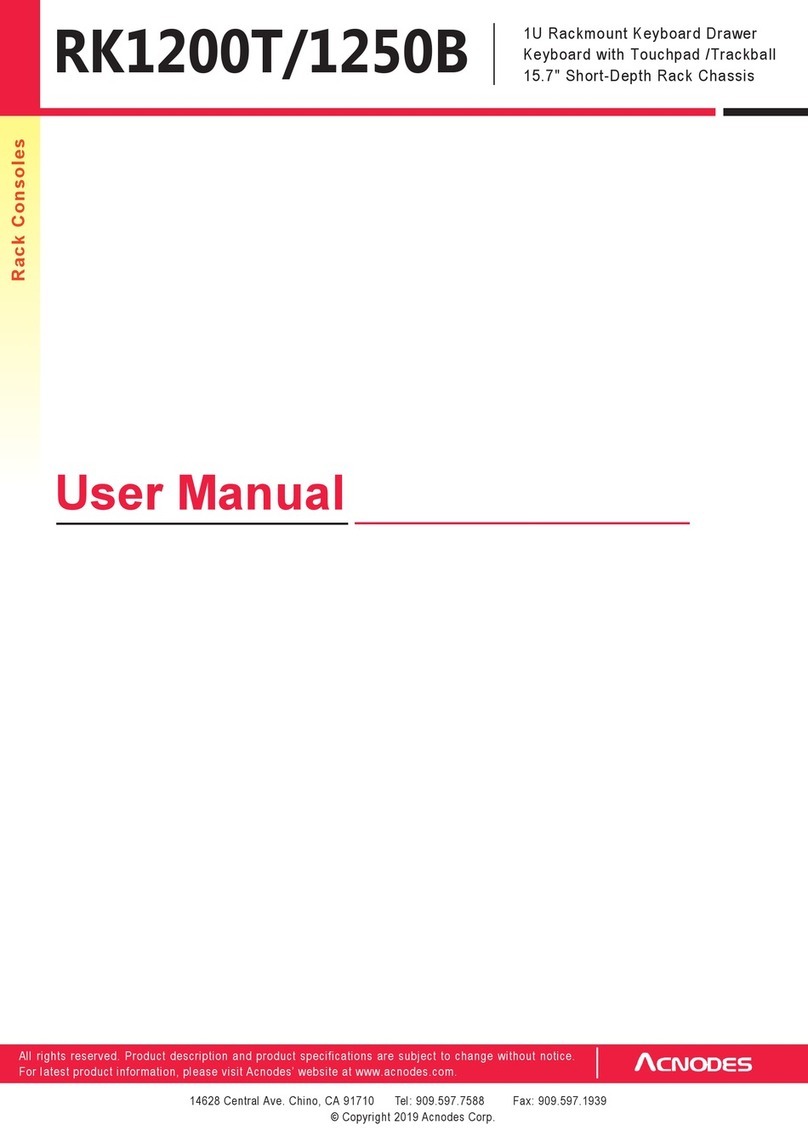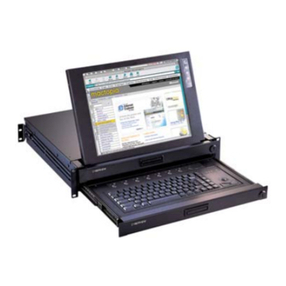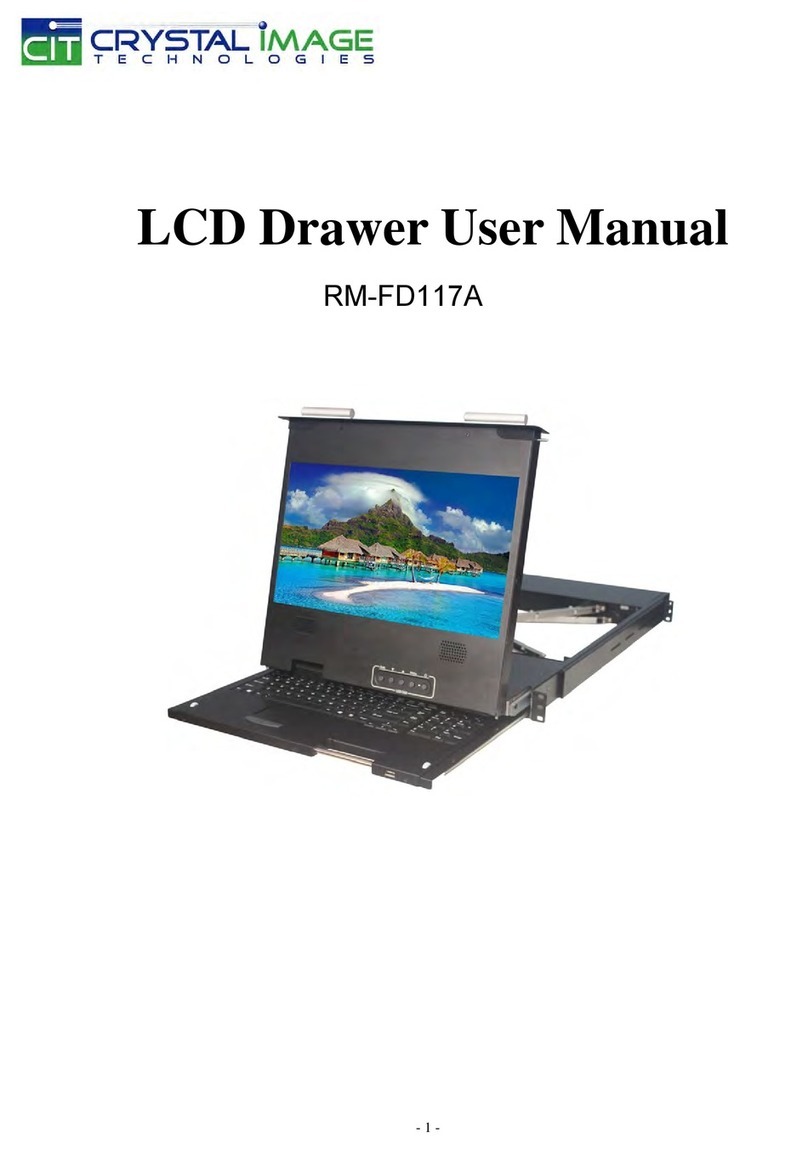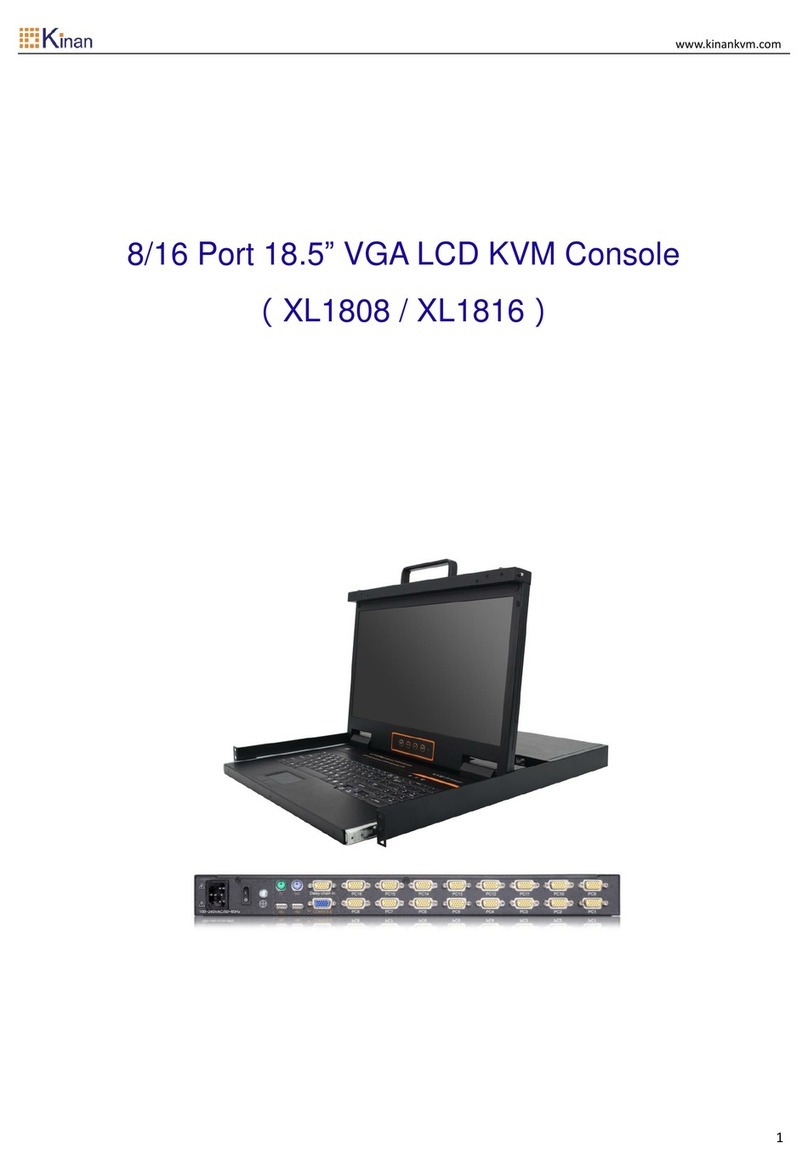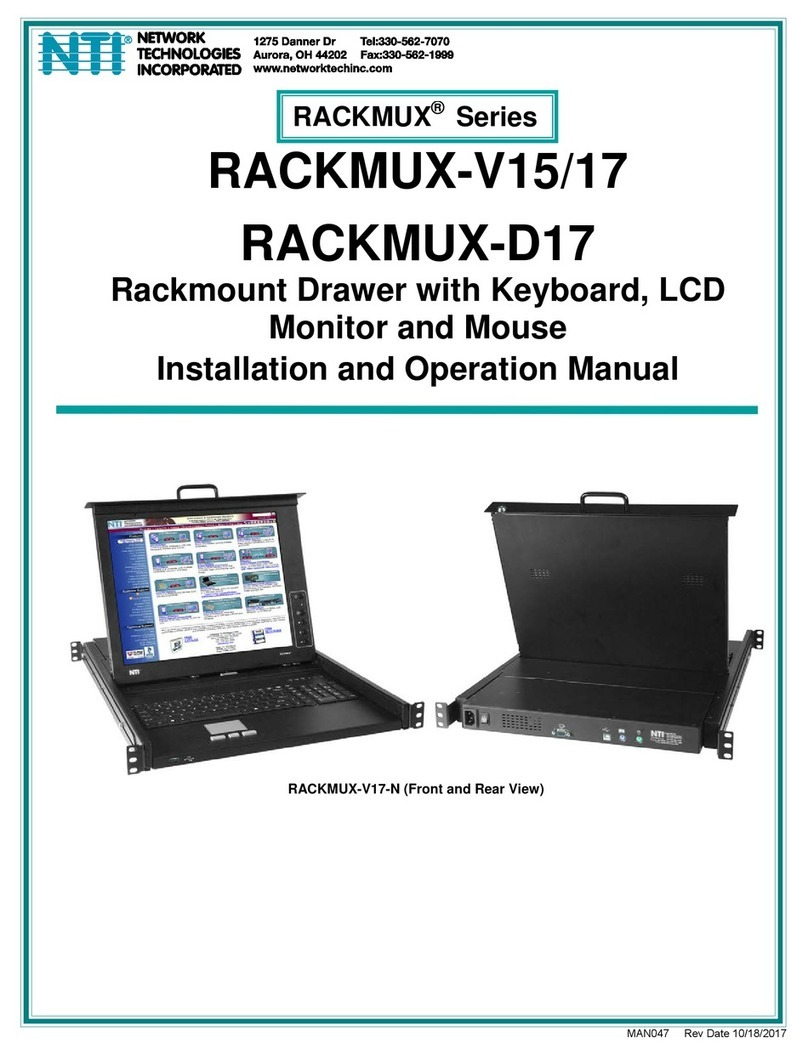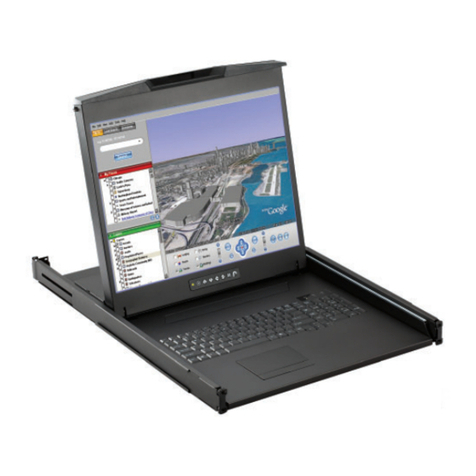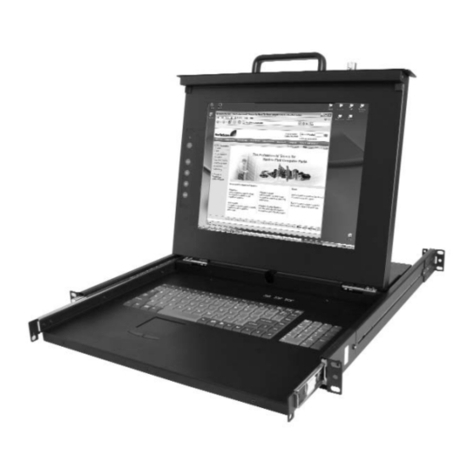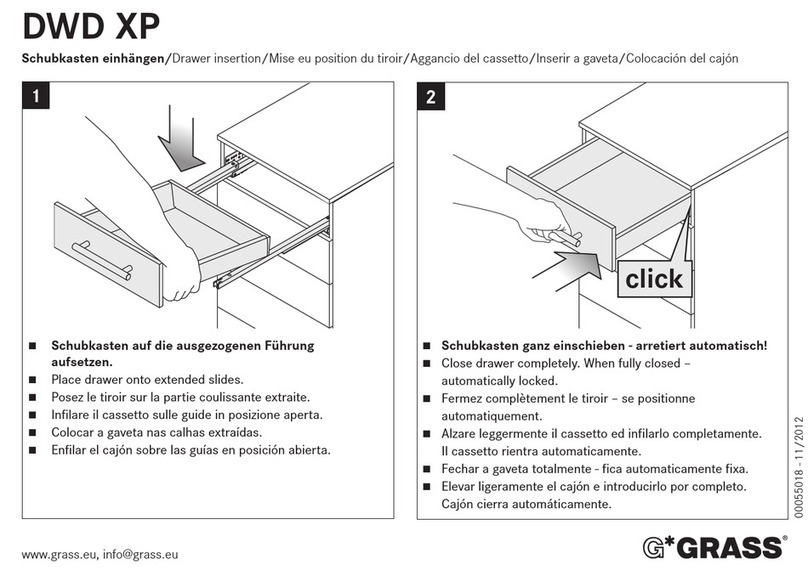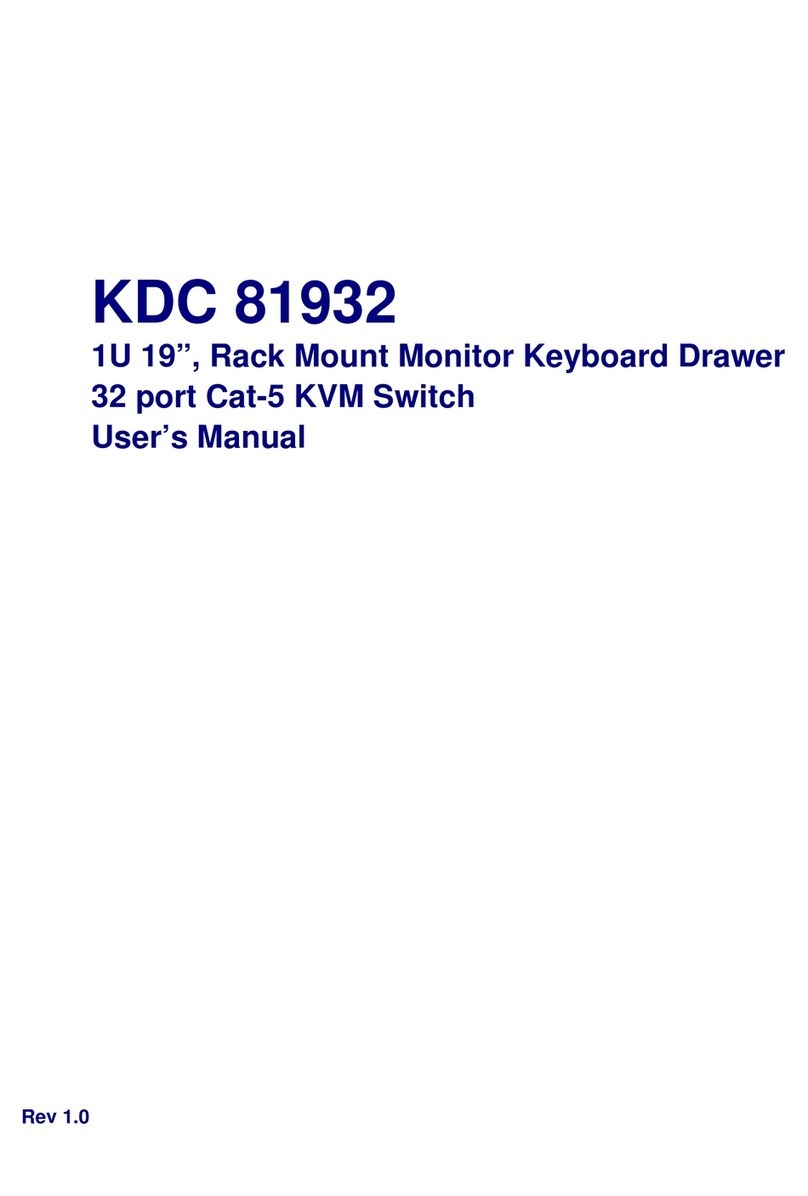
2
TABLE OF CONTENTS
REFRIGERATOR DRAWERS SAFETY..........................................3
Proper Disposal of Your Old Refrigerated Appliance..................3
DESIGN SPECIFICATIONS............................................................3
Models..........................................................................................3
INSTALLATION REQUIREMENTS................................................4
Tools and Parts ............................................................................4
Style 2: Custom Overlay Drawer Panels......................................4
Product Dimensions.....................................................................5
Location Requirements................................................................6
Electrical Requirements ...............................................................6
INSTALLATION INSTRUCTIONS ..................................................6
Unpack the Refrigerator Drawers ................................................6
Remove the Base Grille................................................................7
Style 2: Install Custom Overlay Drawer Panels ...........................7
Install the Mounting Brackets ......................................................9
Move the Refrigerator Drawers to Final Location......................10
Lower the Leveling Legs ............................................................10
Level the Refrigerator Drawers ..................................................10
Attach the Mounting Brackets to Adjacent Cabinets................11
Reinstall the Base Grille .............................................................11
Complete Installation..................................................................11
ÍNDICE
SEGURIDAD DE LOS CAJONES REFRIGERADOS ..................13
Cómo deshacerse adecuadamente de
su aparato refrigerado viejo .......................................................13
ESPECIFICACIONES DE DISEÑO ..............................................13
Modelos......................................................................................13
REQUISITOS DE INSTALACIÓN.................................................14
Piezas y herramientas ................................................................14
Estilo 2: Paneles de los cajones recubiertos a la medida .........14
Medidas del producto................................................................15
Requisitos de ubicación.............................................................16
Requisitos eléctricos..................................................................16
INSTRUCCIONES DE INSTALACIÓN.........................................16
Cómo desempacar los cajones refrigerados.............................16
Cómo quitar la rejilla de la base.................................................17
Estilo 2: Instalación de los paneles de
los cajones recubiertos a la medida ..........................................17
Cómo instalar los soportes de montaje.....................................19
Mueva los cajones refrigerados a su posición final...................20
Cómo bajar las patas niveladoras..............................................20
Nivelación de los cajones refrigerados......................................20
Cómo fijar los soportes de montaje a
los gabinetes adyacentes ..........................................................21
Cómo reinstalar la rejilla de la base ...........................................21
Complete la instalación..............................................................21
TABLE DES MATIÈRES
SÉCURITÉ DES TIROIRS RÉFRIGÉRÉS....................................22
Mise au rebut correcte de votre vieil appareil réfrigéré.............22
SPÉCIFICATIONS DU DESIGN ...................................................22
Modèles......................................................................................22
INSTRUCTIONS D’INSTALLATION ............................................23
Outillage et pièces......................................................................23
Style 2 : Panneaux décoratifs de tiroirs personnalisés .............23
Dimensions du produit...............................................................24
Exigences d’emplacement.........................................................25
Spécifications électriques..........................................................25
INSTRUCTIONS D’INSTALLATION............................................26
Déballage des tiroirs réfrigérés ..................................................26
Dépose de la grille de la base....................................................26
Style 2 : Installation des panneaux décoratifs
de tiroir personnalisés ................................................................26
Installation des brides de montage............................................28
Déplacement des tiroirs réfrigérés à leur emplacement final ....29
Déploiement des pieds de nivellement......................................29
Réglage de l'aplomb des tiroirs réfrigérés.................................29
Fixation des brides de montage sur les placards adjacents.....30
Réinstallation de la grille de la base...........................................31
Achever l'installation ..................................................................31

